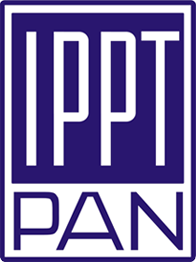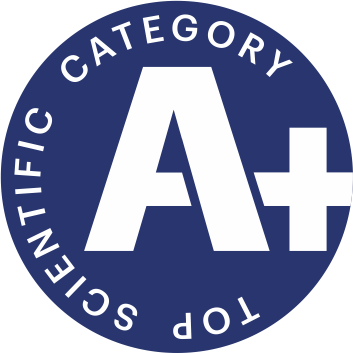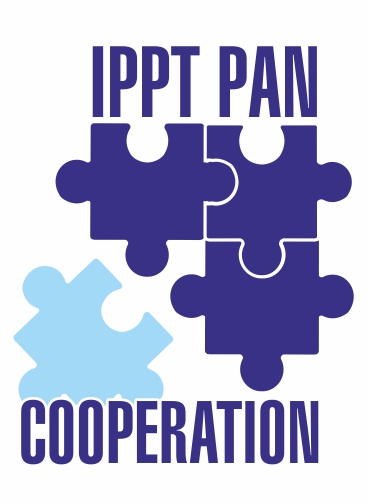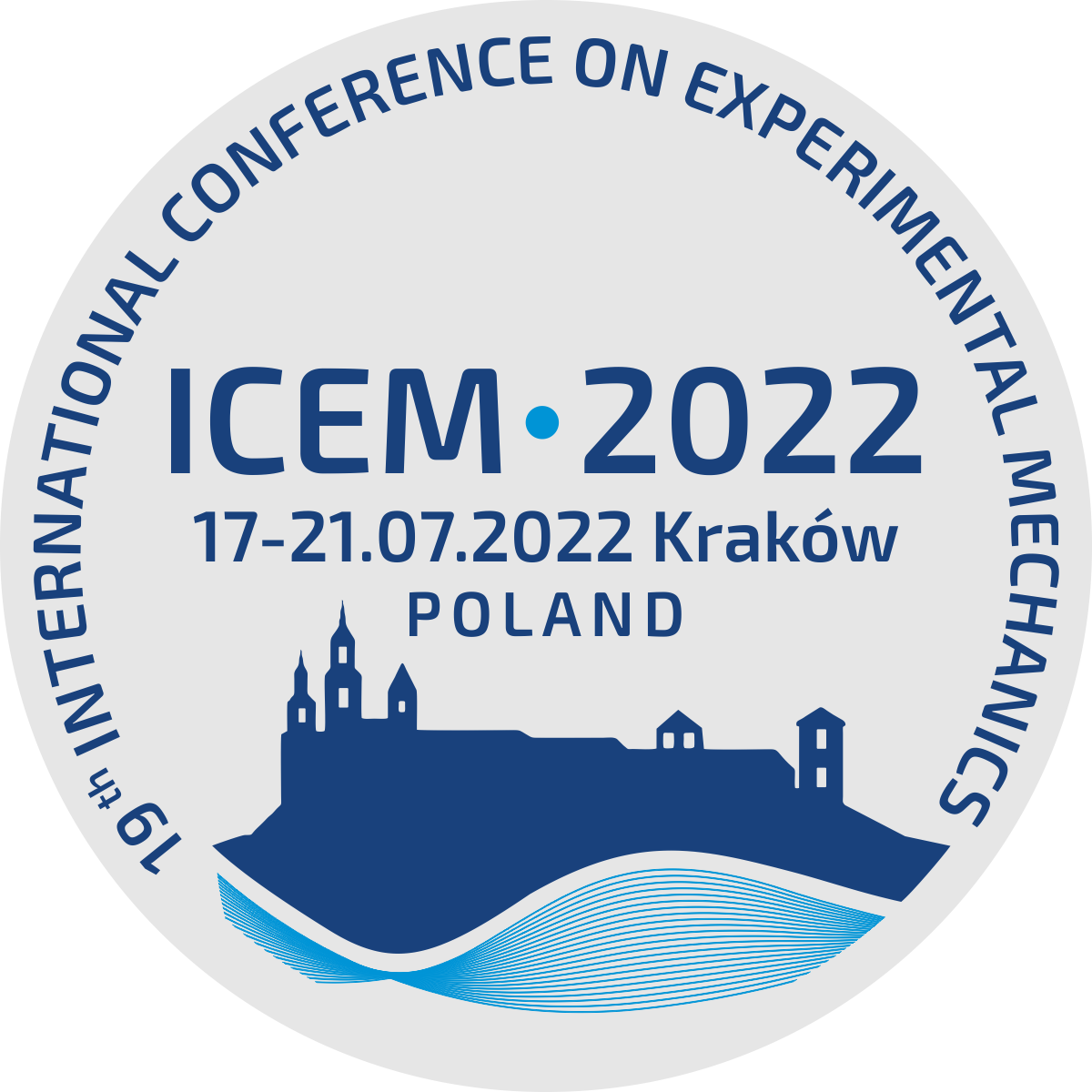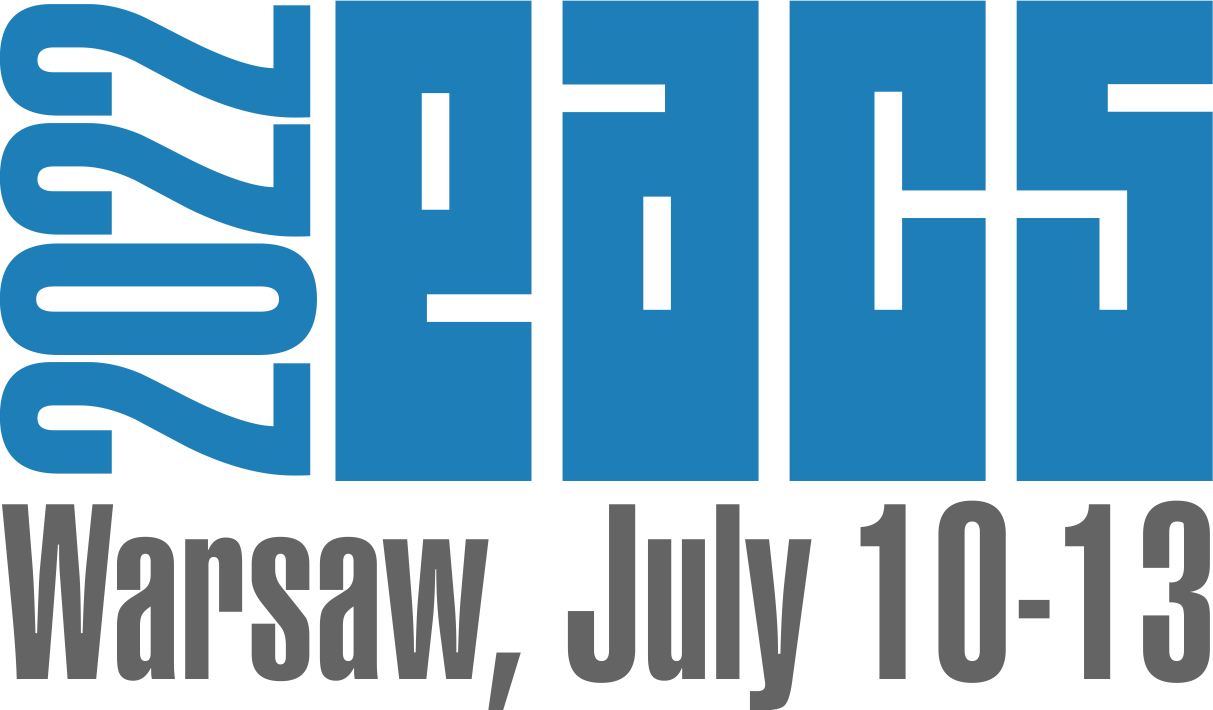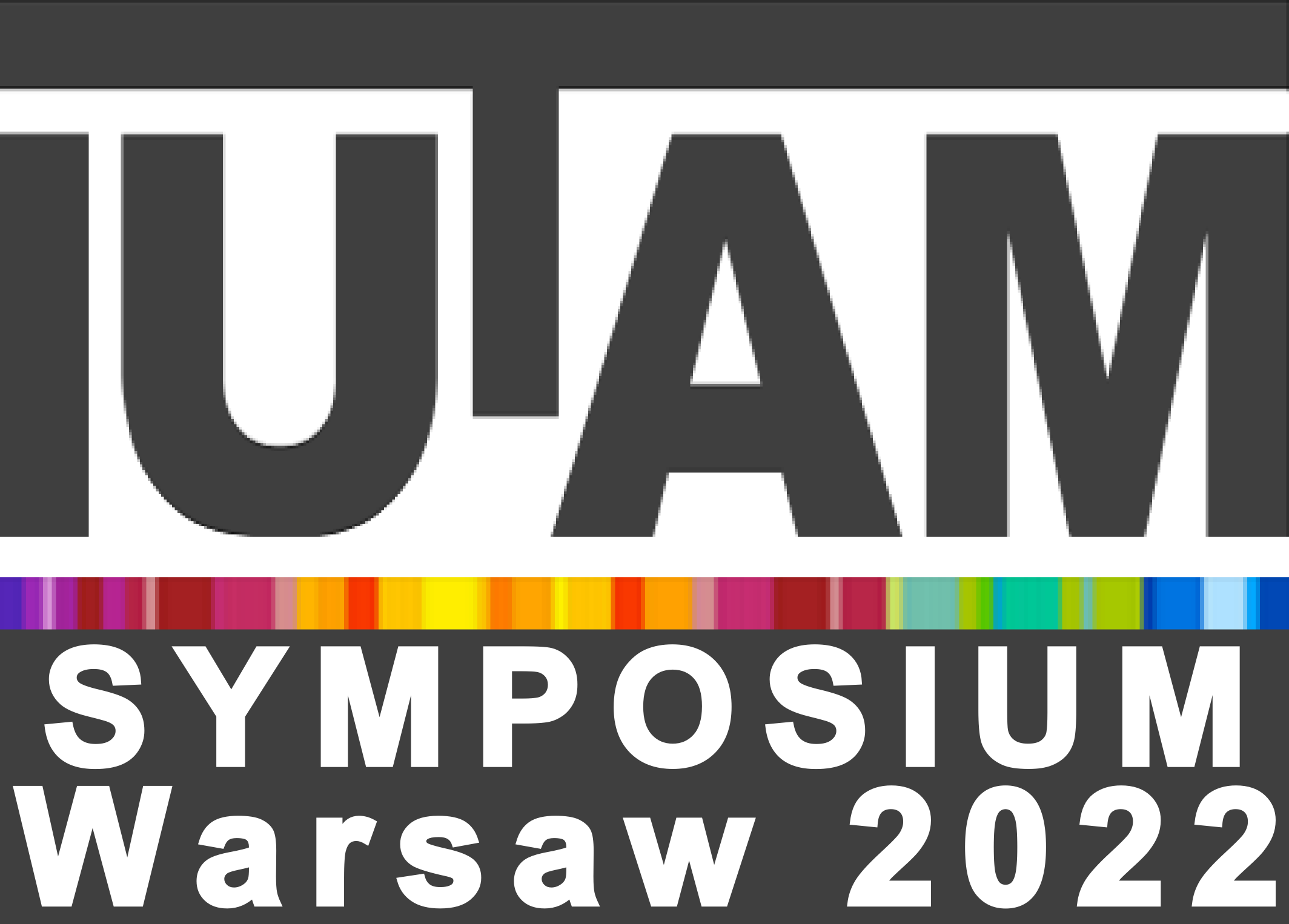| 1. |
Kondej A.♦, Kukla D., Wachulak P.♦, Zagórski A.♦, Non-destructive method of characterizing nitrided layers in the 42CrMo4 steel using the amplitude-frequency technique of eddy currents,
Open Engineering , ISSN: 2391-5439, DOI: 10.1515/eng-2025-0106, Vol.15, No.1, pp.1-11, 2025 Abstract:
The aim of this work was to investigate the possibility of using the eddy current method, a technique for measuring voltage amplitude and resonant frequency, for non-destructive assessment of the thickness of the near-surface layer of iron nitrides in 42CrMo4 steel after gas nitriding. The scope of the work included preparation of test samples, chemical composition tests, surface roughness measurements, hardness distribution using the Vicker’s method and measurements of the thickness of nitrided layer on cross-sections, X-ray phase composition analysis, testing of nitrided layer using the eddy current method, analysis of the correlation of the results of destructive and non-destructive tests. The main research apparatus was the Wirotest M2 with the 25 kHz measuring head. Differences in electromagnetic parameters between the white layer and the rest of the nitrided material, as well as changes in the surface roughness of the layer, are factors influencing the eddy current signal, which allows indirect measurement of its thickness. The analysis of the voltage amplitude is more accurate, than the resonant frequency, in assessing the thickness of nitrides layer. With the increase in thickness of the nitrides layer, the voltage value of the signal of eddy currents increases. The research results also indicate the possibility of using the same measuring head to assess the roughness parameter Ra of the nitrided layer. The Wirotest M2 can be used in quality control of steel parts after nitriding. Keywords:
non-destructive testing, eddy currents, gas nitriding, nitrides zone, thickness measurement, voltage amplitude Affiliations:
| Kondej A. | - | other affiliation | | Kukla D. | - | IPPT PAN | | Wachulak P. | - | other affiliation | | Zagórski A. | - | Warsaw University of Technology (PL) |
| 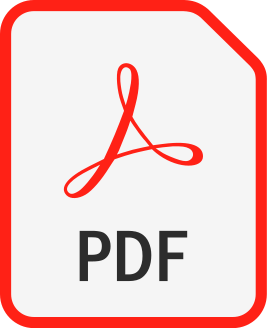 |
| 2. |
Czwartos J.♦, Zaszczyńska A., Nowak-Stępniowska A.♦, Fok T.♦, Budner B.♦, Bartnik A.♦, Wachulak P.♦, Kołbuk D., Sajkiewicz P., Fiedorowicz H.♦, The novel approach to physico-chemical modification and cytocompatibility enhancement of fibrous polycaprolactone (PCL) scaffolds using soft X-ray/extreme ultraviolet (SXR/EUV) radiation and low-temperature, SXR/EUV induced, nitrogen and oxygen plasmas,
APPLIED SURFACE SCIENCE, ISSN: 0169-4332, DOI: 10.1016/j.apsusc.2022.154779, Vol.606, pp.154779-1-12, 2022 Abstract:
The fundamental aspect of the fabrication of microporous, fibrous biomaterials in form of scaffolds is the optimization of their surface properties to enhance cellular response. In this work, a novel approach to physico-chemical modification and bioactivity enhancement of electrospun fibrous polycaprolactone (PCL) nonwovens using soft X-ray/extreme ultraviolet (SXR/EUV) irradiation and exposure to a low-temperature, SXR/EUV induced, nitrogen and oxygen plasmas is presented for the first time. Chemical alterations and morphology of the fibrous structure of irradiated PCL mats were examined using X-ray photoelectron spectroscopy (XPS) and scanning electron microscopy (SEM), respectively. The impact of introduced changes on viability, morphology, and adhesion of L929 mouse fibroblasts was examined. It was found that simultaneous interaction of SXR/EUV radiation and N2 or O2 photoionized plasmas led to strong chemical decomposition of the surface of fibrous PCL mats. Also, mats’ spatial porous structure was not damaged and the fibers were not broken or fused. All modified samples demonstrated cyto-compatible and non-cytotoxic properties. Enhancement of L929 cell adhesion and increased proliferation were also observed. Keywords:
Soft X-ray/extreme ultraviolet (SXR/EUV) radiation, Low-temperature plasma treatment, Electrospun polycaprolactone (PCL) nonwovens, XPS analysis, L929 mouse fibroblasts, Cytocompatibility enhancement Affiliations:
| Czwartos J. | - | other affiliation | | Zaszczyńska A. | - | IPPT PAN | | Nowak-Stępniowska A. | - | other affiliation | | Fok T. | - | other affiliation | | Budner B. | - | other affiliation | | Bartnik A. | - | other affiliation | | Wachulak P. | - | other affiliation | | Kołbuk D. | - | IPPT PAN | | Sajkiewicz P. | - | IPPT PAN | | Fiedorowicz H. | - | other affiliation |
|  |


